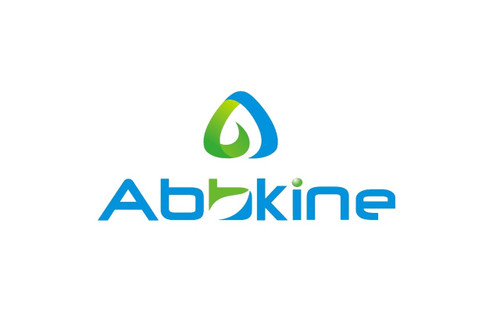Product Description
Rat Gamma-Secretase Activating Protein (GSAP) ELISA Kit | AE62226RA | Abebio
Species Reactivity: Rat (Rattus norvegicus)
Abbreviation: GSAP
Alternative Name: N/A
Application: ELISA
Range: 0.312-20 ng/mL
Sensitivity: 0.113 ng/mL
Intra-Assay: ≤5.1%
Inter-Assay: ≤10.9%
Recovery: 0, 81
Sample Type: Serum, Plasma, Other biological fluids
Detection Method: Sandwich
Analysis Method : Quantitive
Test Principale: This assay employs a two-site sandwich ELISA to quantitate GSAP in samples. An antibody specific for GSAP has been pre-coated onto a microplate. Standards and samples are pipetted into the wells and anyGSAP present is bound by the immobilized antibody. After removing any unbound substances, a biotin-conjugated antibody specific for GSAP is added to the wells. After washing, Streptavidin conjugated Horseradish Peroxidase (HRP) is added to the wells. Following a wash to remove any unbound avidin-enzyme reagent, a substrate solution is added to the wells and color develops in proportion to the amount of GSAP bound in the initial step. The color development is stopped and the intensity of the color is measured.
Product Overview: Formation of amyloid-beta is catalyzed by gamma-secretase, a protease with numerous substrates. PION, or GSAP, selectively increases amyloid-beta production through a mechanism involving its interaction with both gamma-secretase and its substrate, the amyloid-beta precursor protein (APP) C-terminal fragment (APP-CTF) . The predicted full-length human GSAP protein contains 854 amino acids. Its sequence, particularly the C-terminal region, is highly conserved from chicken to human. Real-time PCR detected Gsap expression in diverse mouse tissues, with highest levels in lung, kidney, liver, and brain. Pulse-chain analysis of mouse N2a neuroblastoma cells showed that endogenous Gsap was synthesized as a 98-kD holoprotein that was rapidly processed into a 16-kD C-terminal fragment
Stability: The stability of ELISA kit is determined by the loss rate of activity. The loss rate of this kit is less than 5% within the expiration date under appropriate storage condition. The loss rate was determined by accelerated thermal degradation test. Keep the kit at 37°C for 4 and 7 days, and compare O.D.values of the kit kept at 37°C with that of at recommended temperature. (referring from China Biological Products Standard, which was calculated by the Arrhenius equation. For ELISA kit, 4 days storage at 37°C can be considered as 6 months at 2 - 8°C, which means 7 days at 37°C equaling 12 months at 2 - 8°C) .
 Euro
Euro
 USD
USD
 British Pound
British Pound
 NULL
NULL








